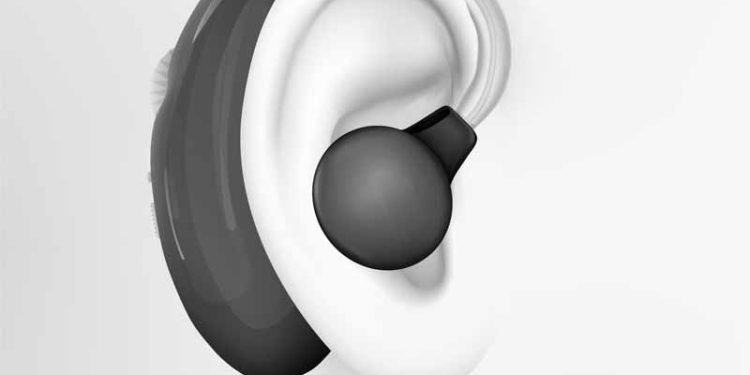Hearing Aids Singapore may be a great method to improve your listening experience if you suffer from hearing loss. It’s critical, though, to select the greatest hearing gear for your requirements. With so many distinct styles to choose from, it’s easy to get overwhelmed by the variety of possibilities available. To make things simpler, have a look at these three popular hearing aid models and see how they may help you hear better:
BTE (behind-the-ear) hearing aids
A tailored earpiece fits in the ear canal, while the hearing aid hooks over your ear and rests immediately behind it. BTE hearing aids have the advantage of being suited for persons of all ages and for practically all forms of hearing loss.
Although earlier BTE hearing aids were very bulky, many modern models are much smaller. If you’re self-conscious about using hearing aids, a behind-the-ear hearing device may be the best option for you. A BTE hearing aid does not have to be noticeable, thanks to modern, streamlined devices that are scarcely visible.
BTE hearing aids are capable of higher amplification than many other kinds when it comes to functionality. This implies they’re perfect for persons who have mild, moderate, or severe hearing loss. However, because of the position of a BTE hearing aid, it may be more susceptible to wind noise than other designs, therefore you may want to consider a device with a wind noise reduction option to fight this.
Hearing aides that are worn in the ear (ITE)
In the ear hearing aids, also known as full shell hearing aids, are intended to fit securely into the outer region of your ear. Because the whole gadget is contained in a single case, all you have to do to start using it is insert it in your ear. Hearing aids in the ear are exceptionally pleasant to use since they are custom built to suit your ear properly.
Hearing aids that fit in the ear are the most common bespoke hearing devices on the market. While this may deter some, their bigger stature does offer certain benefits. Many ITE hearing aids, for example, have controls built within the device, which might be helpful if you don’t want to alter your hearing aids remotely. Furthermore, because of its larger size, ITE can often provide higher amplification than other specialized devices.
Due to the fact that ITE hearing aids fully occupy the outer area of the ear, noises such as chewing your meal might seem to be overly loud. Occlusion is a common annoyance for certain individuals, but there are methods to prevent it. Choosing an ITE device with a tiny vent to avoid occlusion is a fantastic alternative.
Hearing aids with in-the-canal (ITC) technology
An ITC hearing aid is located inside the ear canal, as the name implies. Noise is naturally gathered and channeled by the outer ear before being processed and amplified as a result of this. This usually translates to better directionality detection and a more authentic sound.
ITC hearing aids are nearly unnoticeable since they are totally contained inside the ear canal. In fact, unless they’re gazing directly into your ear, no one is likely to notice an ITC hearing aid! An ITC hearing device is the best option for persons who desire a hearing aid that is discreet or undetectable.
Furthermore, since they’re custom designed to suit your ear canal, in-the-canal hearing aids are quite comfortable. Another reason ITC hearing aids are so popular is that they are unlikely to cause interference from wind noise due to their positioning.
However, because of their compact size, ITC hearing aids may have a shorter battery life than other kinds of hearing aids. Furthermore, since ITC hearing aids are often too tiny to have on-device controls, you’ll have to alter your hearing aid through a remote or app. While ITC hearing aids need a bit more upkeep than other kinds of hearing aids, they may provide excellent performance and are completely undetectable due to their size and location.
Choosing the most appropriate hearing aid
It might be difficult to pick which sort of hearing aid to use when there are so many possibilities. You’ll be able to try on several models of hearing aids when you see your audiologist to help you determine which one is right for you. Whatever kind of hearing aid you choose, your audiologist will ensure that it is custom-programmed for you and correctly suited to your ears.













